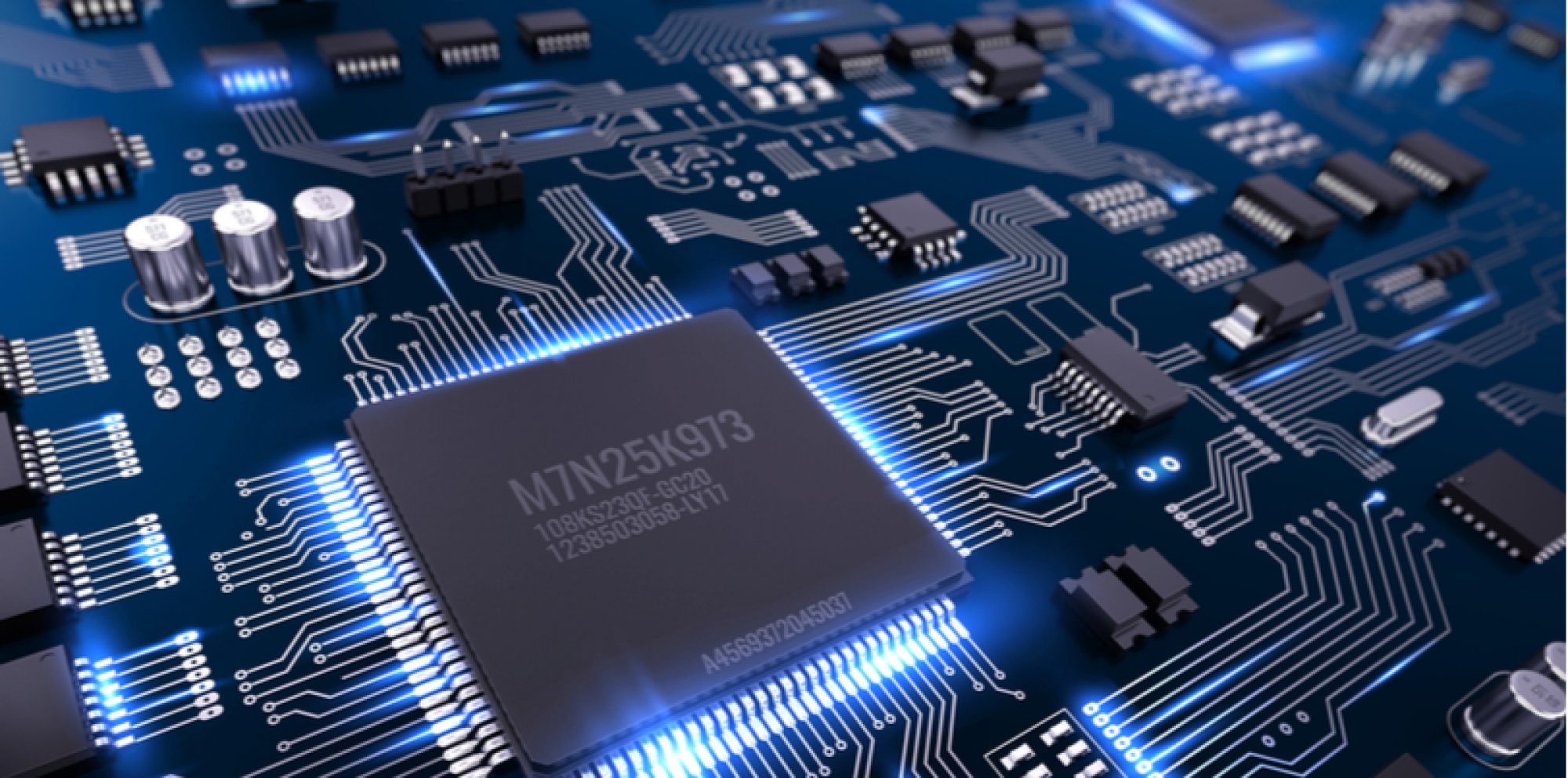Thanksgiving week, Ali and I continued our work on serial communication using UART. We changed our code from using the standard of 1 byte per packet to sending or receiving three packets in a row. Even though we only need to send 16 bits to the FPGA and receive 20 bits, we have to roundup to the next largest byte for padding. Therefore, each time we send or receive, we need three bytes. We were able to make this successfully send and started setting up the code to connect to the DUT that Xiran made.
This past week we continued setting up integration. We also tried a couple of different methods to increase speed and checked to see if using a different laptop would allow us to send at a higher rate. However, unfortunately, we couldn’t seem to go faster. Then we looked into other methods to send our UART protocol and decided to look into using a raspberry pi. We are hoping to setup using the pi this upcoming week.
I also plan to spend time this week working on our final report and video. Additionally, I want to plan out exactly what we show in our demo and poster.

